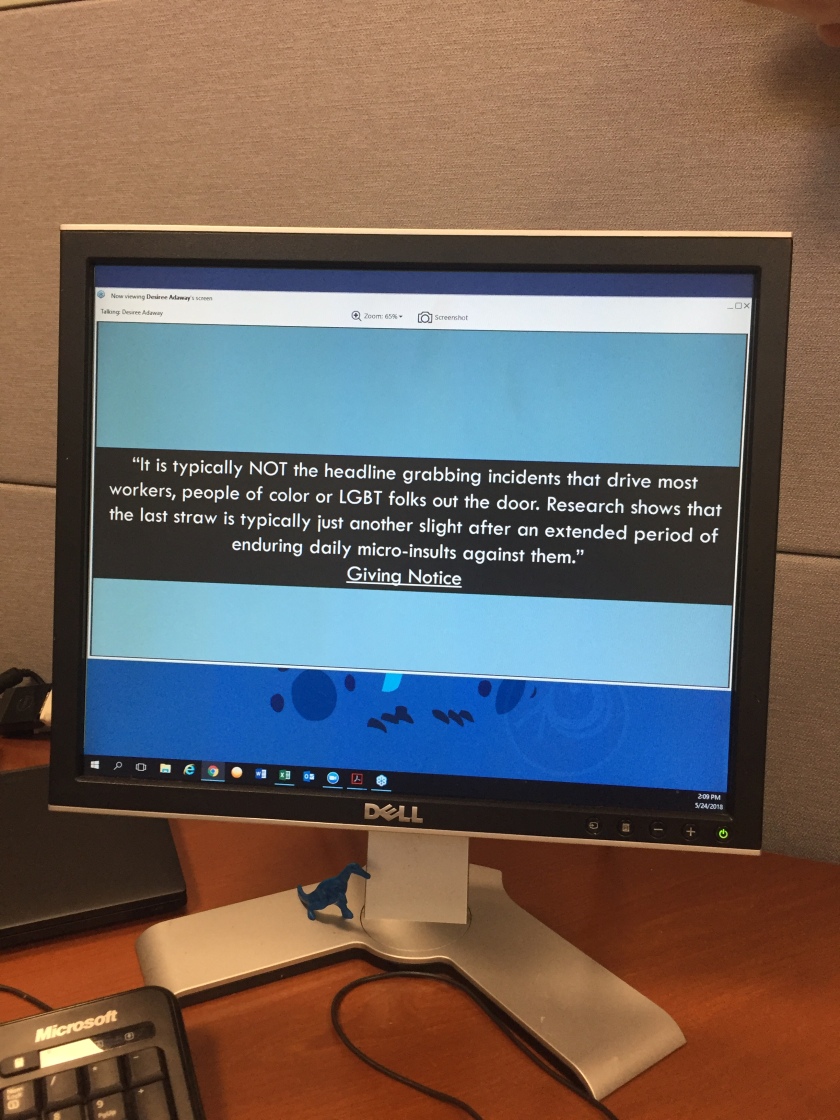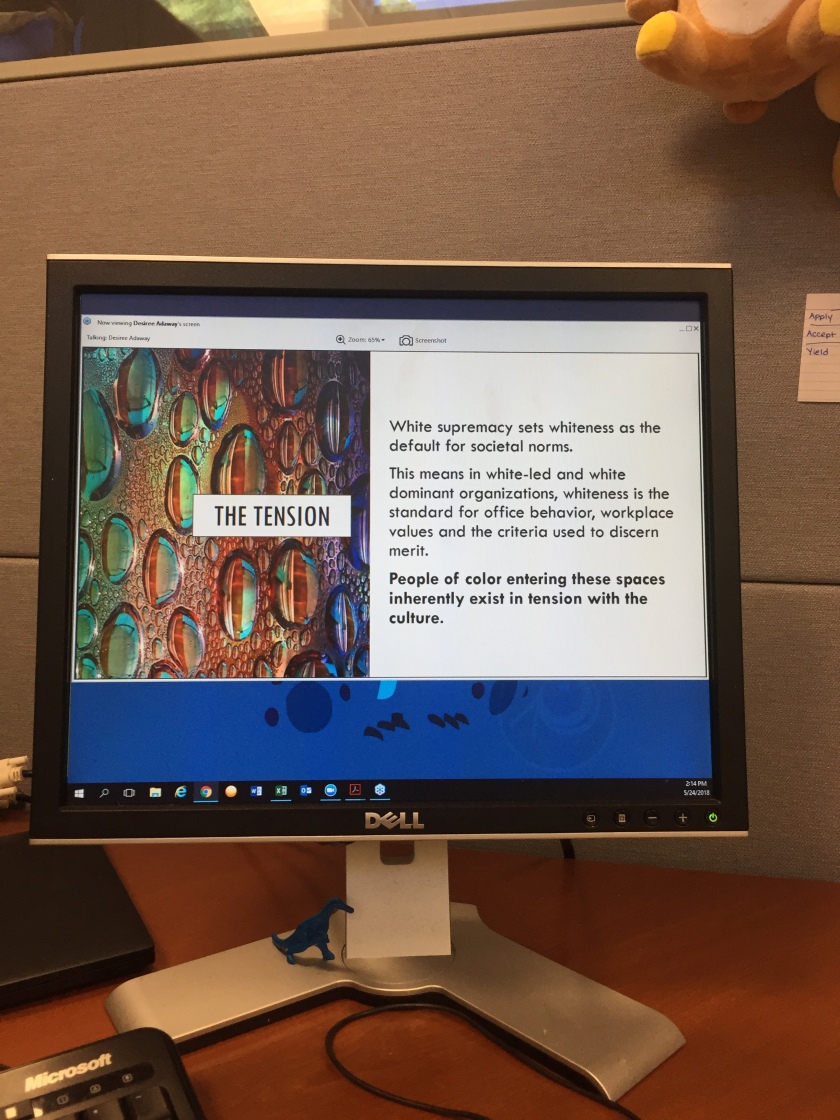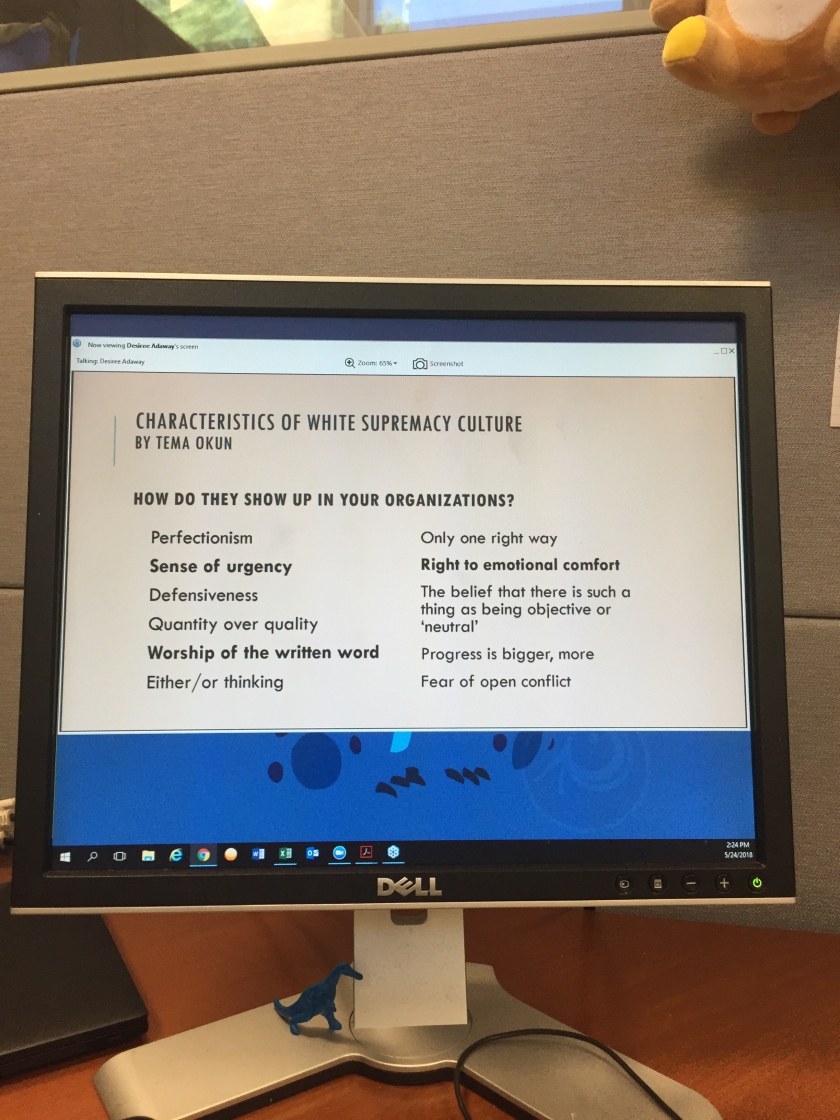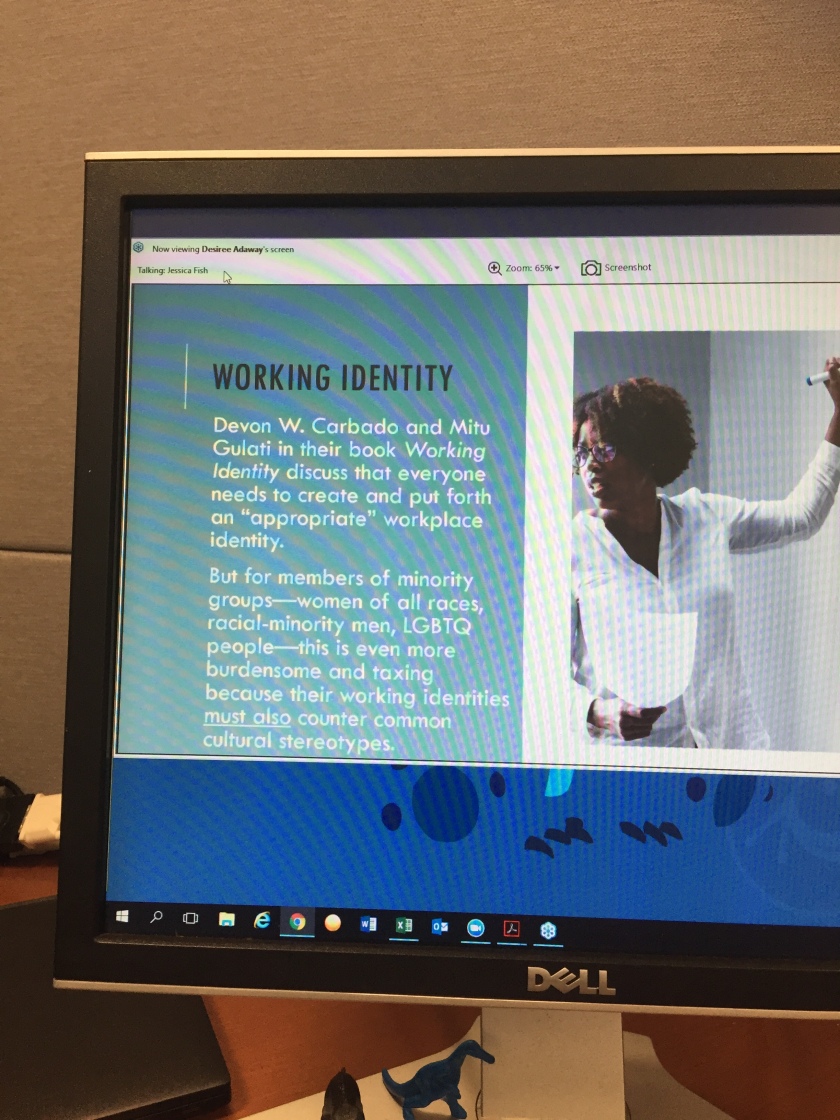This past weekend I had the chance to travel to Florida – the St. Petersburg/Clearwater Beach area. It was kind of random that my sister and I ended up going there, but once I did some research one of the things I wanted to do most was visit one of the indigenous mounds in the area. Mounds are made up of alternating layers of shells and dirt and served as central points in cities, where ceremonies might take place, etc. – if I understand correctly. In person, they just look like a hill. Haha 😜
There are two mounds within about 20 miles of each other in this area. One is Jungle Prada de Navaez Park, where Panfilo de Narvaez landed on April 15, 1528. I didn’t get to visit there but I was just dying to see this sign in person!! Like…… damn. “From the sight of this ancient Indian village was launched the first exploration by white man of the North American continent.”

See the rest of the visitor photos at Jungle Prada de Navaez Park Google Maps site.
The one I did end up visiting was Safety Harbor Site mound, which was closer to our hotel and is also the largest mound in Tampa Bay area. It’s in a beautiful park in a pretty area and looks out over Tampa Bay. I was there on a gray, drizzling, cloudy but warm morning and there were lots of people walking their dogs and enjoying the park where the mound is located, Phillipe Park. Lizards, flowers, cool looking birds, and giant trees draped with Spanish moss abounded!
But now is the part when I’m gonna bring race and colonization into it… 😄 You know how I do.
First of all, get this. The Safety Harbor mound (and that’s clearly not its indigenous name) was the MAIN AREA of the CAPITAL CITY of the Tocobaga nation, who were the ONLY people recorded to have EVER lived on that site before colonization. They had lived in that EXACT same spot from 900 BC – 1600 AD, when they were successfully killed off by disease, genocide or a combination of both and merged with another tribe. That’s 2500 YEARS. (How old is the US again? Oh yeah, 242.)
And all we have bothered to do to commemorate the site of this indigenous city is put a retaining wall around the mound and put up one sign, just one sign, inside a park that’s named after Odet Philippe, a plantation owner from the 1800s known for introducing grapefruit to the US. 🙄
I mean, 🙄 (aggressive eye roll).
The other weird thing was that neither of these mounds were advertised on Google or any tourist sites I visited. I am a big planner and Google is my bff! But the only reason I even found out they were in the area was from another traveler’s personal blog – I’ll try to find the link and post it here.
I get so riled up about this and I have some questions!!
Like, why isn’t this a bigger deal? Why don’t we sink to our knees in tears at the site of white man’s first landing in North America, mourning all the loss of life and culture that was to come? How have we allowed this history to be all but erased? Why do we continue to teach pilgrims & Native Americans to schoolchildren every year as if its a happy little Thanksgiving legend instead of recognizing it for what it was – the harrowing attempts of all indigenous people on this continent to survive over hundreds and hundreds of years of continuous genocide and subjugation? Why have we no respect for the cultures that came before ours? Can you imagine if in 250 or 500 years all that remained of Boston was the capitol dome and there was just one little sign mentioning “Oh yeah, by the way, this used to be something in a world gone by?”
..
I am so, so grateful that I took the time to visit Safety Harbor site and have a moment of reflection and offer my respect and apology to the memory of the Tocobaga people. Thanks for taking the time to read this. If you’re interested in learning more about these indigenous communities, here’s a website I liked: http://www.sacredlandspreservationandeducation.org/mp_bizarre_tocobaga.aspx.


















